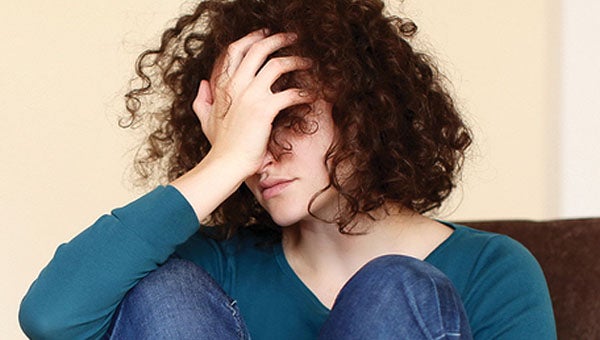Fighting the winter blues
Published 10:32 pm Saturday, January 14, 2012

Symptoms of the winter blues are similar to those for clinical depression: feeling sad or down, being uninterested in work and other activities, and isolating yourself from others.
If you are feeling a little blue during the colder months, you aren’t the only one, and it’s not in your head.
Shorter days and less sunlight in the winter season can have a negative affect on individuals and cause seasonal affective disorder, or SAD, a condition also known as the winter blues that results in episodes of depression during the winter months.
SAD symptoms usually start in late fall and continue until early spring.
Dr. Matt Angelelli, the director of psychiatric medicine at Sentara Obici Hospital, said the sad and “blah” feelings people get in the winter are real feelings of depression most of the time.
“The winter blues is indeed real,” he said. “There are real chemical changes in the brain.”
Angelelli said SAD is onset during the winter when most people have less exposure to the sun.
“It is a situation that arises because you don’t get enough photons,” he said.
The decrease in photons causes the body to produce less serotonin, a chemical that is associated with feelings of happiness.
Additionally, Angelelli said, he believes daylight-saving time can trigger the winter blues.
“You lose an hour of light that your brain used before,” he said.
Winter depression is also related to how our bodies are designed to adapt to the colder season.
Angelelli said our bodies are designed to use less energy in the winter — to almost go into hibernation — because when most people used to farm, this would be a slow time of year.
These days, instead of having the option of semi-hibernation, people have to continue to do their jobs, but they have less energy and are spending less time in the sun.
There are certain people who are more at risk for developing the winter blues.
“The further north you are, the more likely you’ll have SAD and the worse it’ll be,” he said.
But, he said, that doesn’t mean SAD can’t affect people in southern states, too.
Another group that is more at risk for developing seasonal depression is women.
Mike Svestka, a third-year medical student studying psychiatry at Obici, said research shows that women are more likely to develop all forms of depression — at least twice as likely, in fact.
People who are diagnosed with clinical depression are also at risk.
“If you are depressed, this could trigger you to be more depressed,” Angelelli said.
Symptoms of the winter blues are similar to those for clinical depression: feeling sad or down, being uninterested in work and other activities, and isolating yourself from others.
However, there are several ways to treat SAD.
The first is by using light machines to gain photons.
Angelelli said machines can be easily purchased on the Internet and can be used at home or work.
Another way to treat the winter blues is by using antidepressants for the symptoms.
Angelelli said common prescription medicines that treat depression can be very helpful.
Additionally, he said, people feeling the symptoms of SAD should try to spend more time in the sun and stay active.
“All mood disorders are helped with exercise,” Angelelli said. “All anxiety disorders are helped with exercise.”
Someone feeling the winter blues can also take a trip to somewhere they might get some extra rays.
Tropical, sunny destinations are nice, Angelelli said, but there is still plenty of sunshine in cold spots, such as resorts where skiers can soak in the sun on the slopes.
“It’s still cold, but it’s sunny,” he said.
While SAD is a form of depression and should be taken seriously, Angelelli said, it isn’t the same as clinical depression.
“It comes about differently,” he said. “The path to each is different.”
“(SAD) is not as severe.”


